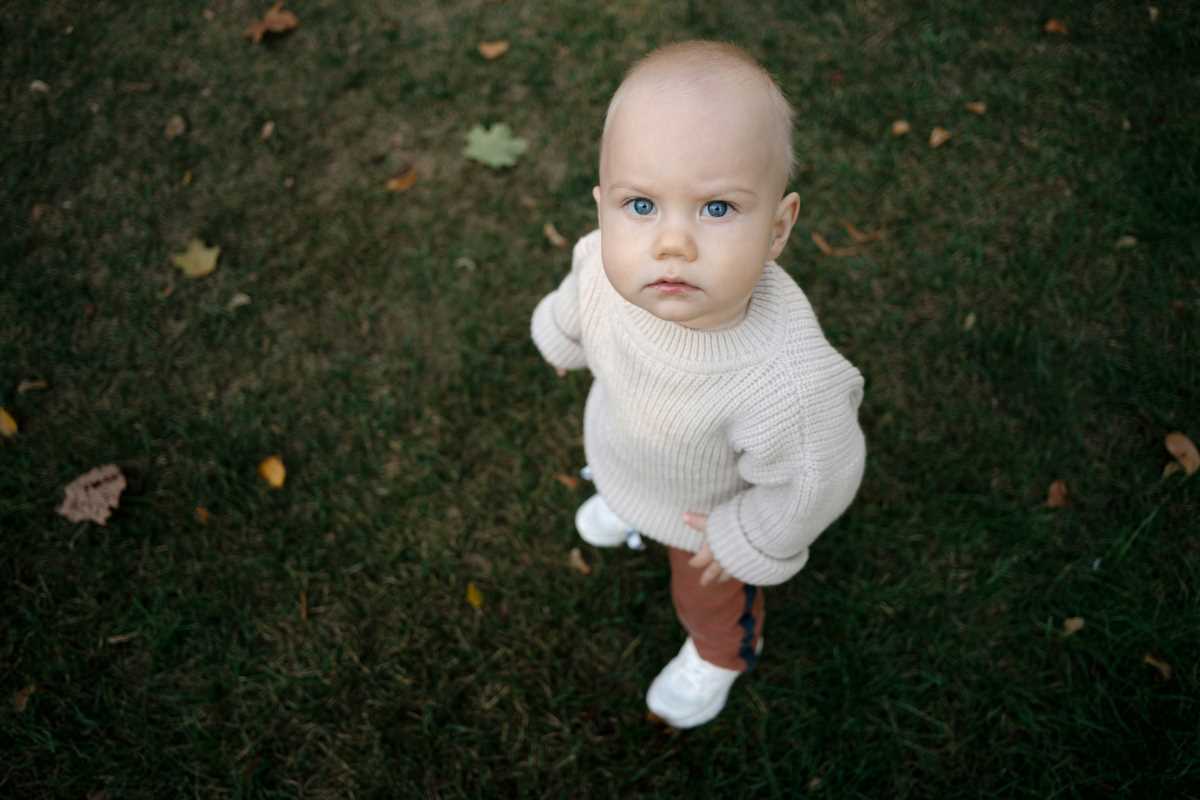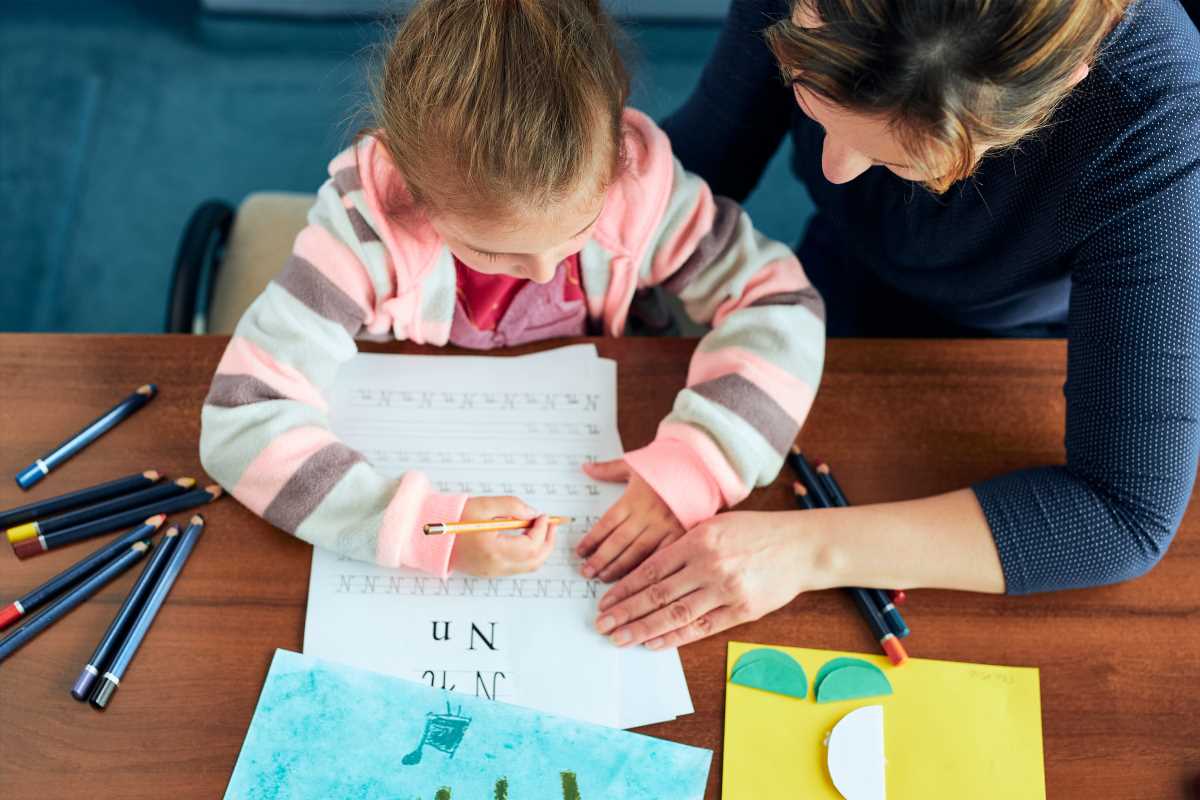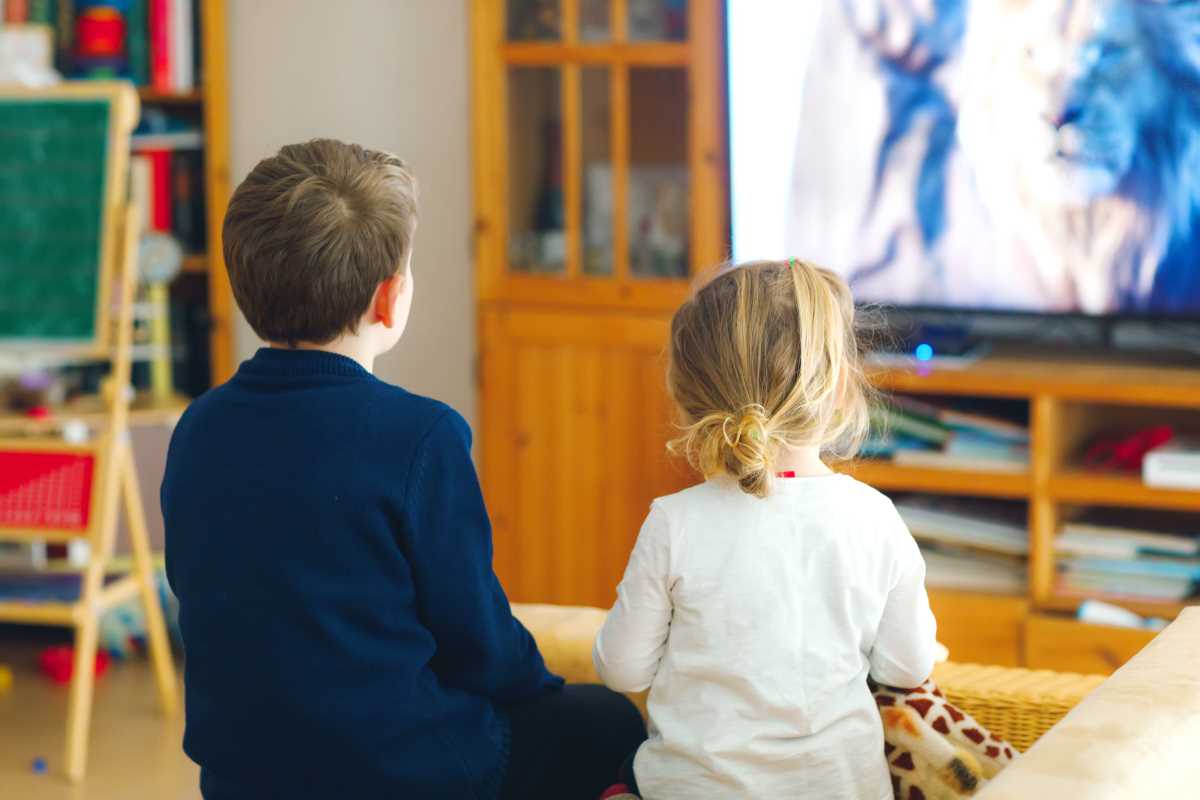Toddler tantrums can be incredibly challenging for parents to navigate. These outbursts often leave caregivers feeling overwhelmed and uncertain about how to respond effectively. However, what if these intense emotional displays aren’t just random acts of frustration, but could actually be indicators of something more profound? Emerging theories suggest that toddler tantrums might be linked to creative genius, hinting at a deeper cognitive and emotional complexity in young children. Understanding this connection can transform the way parents perceive and handle these moments, turning potential distress into opportunities for nurturing creativity.
Understanding Toddler Tantrums
Toddler tantrums are a common phase in child development, typically occurring between the ages of one and three. They are characterized by intense emotional reactions that can include crying, screaming, kicking, and even physical aggression. While challenging, tantrums are a normal part of a child’s growth as they learn to navigate their emotions and assert their independence.
- Frustration: Limited language skills can make it difficult for toddlers to express their needs and desires, leading to frustration and subsequent tantrums.
- Attention Seeking: Sometimes, toddlers may throw tantrums as a way to gain attention from their caregivers, especially if they feel neglected or overlooked.
- Tiredness or Hunger: Physical discomforts such as tiredness or hunger can trigger tantrums, as toddlers struggle to cope with their unmet needs.
- Desire for Independence: As toddlers develop a sense of autonomy, they may resist instructions or limitations, resulting in defiant behavior and tantrums.
- Overstimulation: Environments that are too loud, busy, or chaotic can overwhelm toddlers, leading to emotional outbursts as a means of coping.
The Link Between Tantrums and Creativity
At first glance, the seemingly chaotic nature of toddler tantrums might appear unrelated to creativity. However, there is growing interest in the potential connection between emotional intensity and creative thinking in young children. The ability to experience and express strong emotions can be a precursor to creative expression, as it fosters a deeper understanding of oneself and the world. This emotional richness may lay the foundation for innovative thinking and problem-solving skills later in life, suggesting that these early outbursts could be a sign of creative genius.
When toddlers experience intense emotions, they engage in a form of emotional processing that is essential for creative development. This process encourages them to explore different ways of expressing themselves, whether through art, storytelling, or imaginative play. By navigating their emotional landscape, toddlers build the cognitive flexibility necessary for creative thought. Thus, tantrums might not only be a manifestation of unmet needs but also an early indicator of a child’s creative potential.
Expert Opinions and Research Findings
Experts in child development have long debated the implications of toddler tantrums. While traditionally viewed as purely behavioral challenges, recent research suggests that these emotional episodes may be more nuanced. Dr. Lisa Damour, a psychologist specializing in child development, emphasizes that tantrums can be a window into a child’s inner world, revealing their emotional depth and capacity for complex thought. She notes that children who experience and manage strong emotions early on are better equipped to handle creative endeavors that require emotional intelligence and resilience.
Studies supporting this perspective have shown a correlation between emotional expressiveness in early childhood and later creative achievements. For instance, research published in the journal Creative Education found that children who are encouraged to express their emotions openly develop stronger creative skills. These findings suggest that the ability to manage and channel emotions effectively is a critical component of creative intelligence, reinforcing the idea that toddler tantrums could be early signs of creative brilliance.
Signs of Creativity in Your Toddler
- Imaginative Play: Engaging in pretend play, where toddlers create stories and scenarios, indicates a thriving imagination and the ability to think abstractly.
- Curiosity: A strong desire to explore and ask questions about the world shows a natural inclination towards learning and discovering new concepts.
- Problem-Solving Skills: Demonstrating the ability to find solutions to simple challenges during play or daily activities reflects cognitive flexibility and innovative thinking.
- Artistic Expression: Showing interest in drawing, painting, or other forms of art highlights a preference for creative outlets and self-expression.
- Unique Thinking: Exhibiting unconventional ideas or approaches to common situations signals an ability to think outside the box and develop original thoughts.
- Emotional Awareness: Understanding and expressing a wide range of emotions can enhance empathetic abilities, which are important in creative collaborations.
- Persistence: The determination to continue activities despite challenges is a key trait in overcoming obstacles during the creative process.
Practical Tips for Parents
Managing toddler tantrums while fostering creativity requires a balanced approach that addresses emotional needs and encourages creative expression. Here are some practical strategies:
- Provide a Safe Space: Create an environment where your child feels secure to express their emotions without fear of judgment or punishment. This foundation of trust is essential for creative exploration.
- Encourage Open Communication: Help your toddler develop language skills to express their feelings and needs. This can reduce frustration and provide them with tools to articulate their thoughts creatively.
- Engage in Creative Activities: Introduce activities such as drawing, building with blocks, or storytelling to channel your child’s energy into creative outlets. These activities can also serve as a calming mechanism during moments of frustration.
- Model Calm Behavior: Demonstrate how to handle emotions constructively by staying calm during tantrums. Your response sets an example for your child on managing their own emotions effectively.
- Set Consistent Routines: Predictable schedules can minimize triggers for tantrums by providing a sense of stability and security, allowing your child to focus more on creative pursuits.
- Recognize and Praise Creativity: Acknowledge and celebrate your child’s creative efforts, boosting their confidence and encouraging further creative exploration.
- Be Patient and Understanding: Understand that tantrums are a normal part of development. Patience and empathy can help your child navigate their emotions while fostering a nurturing environment for creativity.
With these strategies, parents can effectively manage tantrums while simultaneously nurturing their toddler’s creative potential. Balancing emotional support with creative encouragement lays the groundwork for a child’s holistic development.
Toddler tantrums may be more than just moments of frustration; they could be early indicators of a child’s creative genius. By understanding the underlying causes of tantrums and recognizing the signs of creativity, parents can turn challenging behaviors into opportunities for growth. With the right strategies and a supportive environment, you can help your child harness their emotional depth and creative potential, setting the stage for a lifetime of innovative thinking and emotional intelligence. Embrace these moments as stepping stones to uncover the remarkable creativity within your toddler.
 (Image via
(Image via





